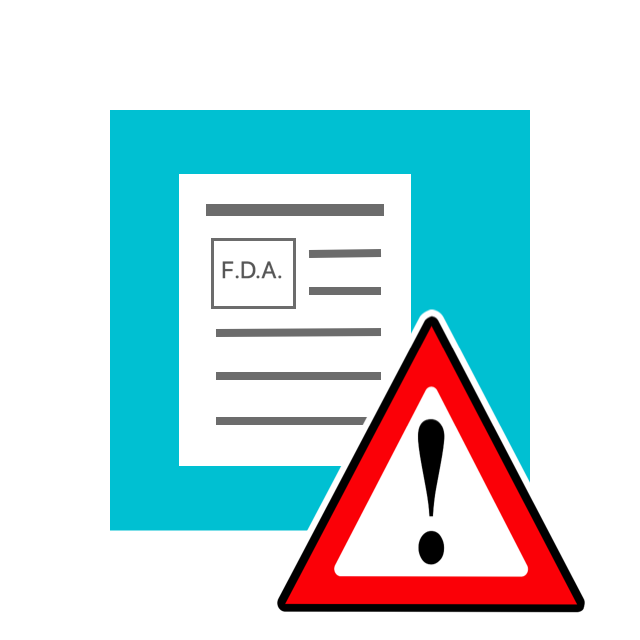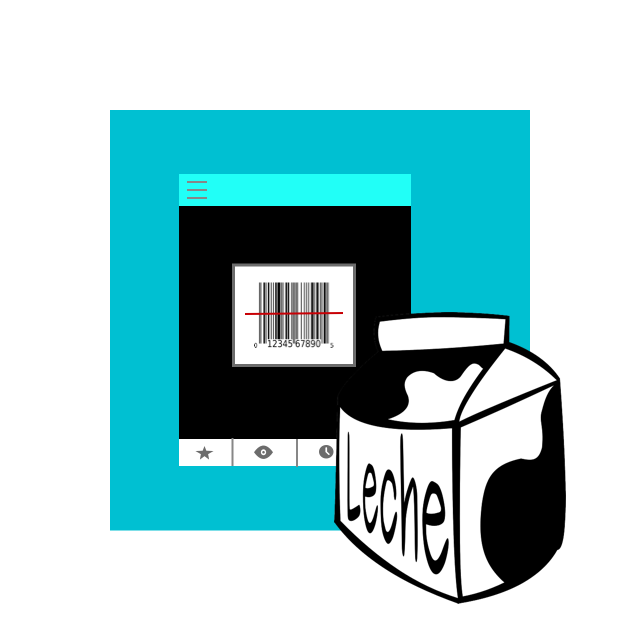
If the Food and Drug Administration follows the advice of its outside advisers, the agency will within days grant the first-ever approval to a drug designed to make peanut allergy sufferers less likely to have a dangerous reaction. Called Palforzia ...
READ ARTICLE HIDE ARTICLE
If the Food and Drug Administration follows the advice of its outside advisers, the agency will within days grant the first-ever approval to a drug designed to make peanut allergy sufferers less likely to have a dangerous reaction.
Called Palforzia, the drug was developed by the California-based biotech Aimmune. It's in close competition with a French company called DBV Technologies, which should see the FDA decide on its patch-based peanut allergy treatment by August.
Both rely on a strategy that allergists have tried outside of the FDA approval pathway for some time: exposing patients to tiny and increasing amounts of peanut-related proteins, in theory making it possible for them to tolerate accidental exposures. Aimmune uses peanut flour, while DBV uses peanut antigen.
But the effort to gain wider acceptance of this treatment approach has stirred controversy. Critics have pointed to the risk of dangerous anaphylactic reactions for patients undergoing treatment, while payers may question the value of the treatment compared to avoidance of peanut exposure.
Palforzia is peanut flour that has been processed using FDA-approved good manufacturing practices to standardize doses — peanut flour has been used as an oral immunotherapy, but not ever approved by the FDA. Patients begin with a small dose and increase gradually to 300 milligrams daily.
Aimmune hopes to win approval for Palforzia in patients aged 4 to 17. In this group, a significantly greater number who had taken Palforzia were able to tolerate a food challenge at the conclusion of Aimmune's key trial than patients who received placebo.
Although positive, results also showed more study participants taking Palforiza discontinued treatment than those on placebo, while experiencing a higher rate of allergic reactions and increased use of epinephrine.
In both the active treatment arm and the placebo group, patients were applying strict avoidance practices.
"I think it's hard to argue that this product is safe when it increases the risk of the thing it is designed to prevent," John Kelso, a member of the FDA advisory committee that reviewed the Palforzia application and an allergist with the Scripps Clinic in San Diego, said during the committee's hearing. Kelso was one of two votes against approving Palforzia on the nine-member panel.
Most, however, were supportive and argued Palforiza met the standards for approval.
Insurer coverage is also a question. The Institute for Clinical and Economic Review, a non-profit that measures the cost effectiveness of drugs, said Palforzia would push healthcare spending above its budget impact threshold if priced at an assumed cost of $4,200 per year. Only 41% of eligible patients would be able to take Palforzia while keeping spending below the group's $990 million budget ceiling.
Aimmune is considering pricing Palforzia, if approved, at a cost between $3,000 and $20,000, according to a recent company presentation.
ICER's own advisors, called the California Technology Assessment Forum, voted 12-4 that the net health benefit of Palforzia and avoidance had not been proven superior to avoidance alone.
That organization was also asked to assess DBV's patch product, called Viaskin Peanut. A similar negative 12-4 vote was cast on its net health benefit.
Both treatments provide only a small patient benefit, according to the ICER report, adding 0.75 "quality adjusted life year," or QALY — a measure of health improvement — over avoidance in the case of Palforzia, and 0.26 in the case of Viaskin Peanut.
If the FDA decides to approve Palforzia, it could require risk mitigation measures that could limit initial uptake.
Stifel analyst Derek Archila, citing these potential restrictions, wrote in a Jan. 7 note to clients he believes investor estimates are "aggressive." He forecasts $65 million in 2020 sales.
In addition, uptake may be restrained by the need for allergists to learn how to use it and issues with patient adherence because of side effects and complicated dosing, Archila wrote.
DBV, meanwhile, has submitted Viaskin Peanut to the FDA, and an advisory committee is likely to be convened to consider its application.
Learn More from BioPharma Dive





